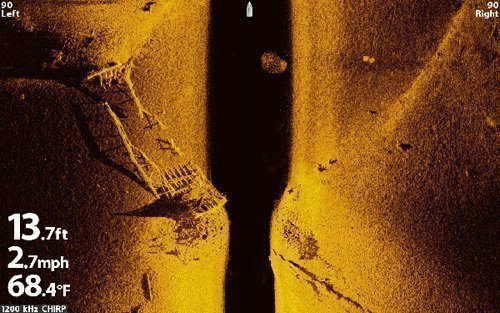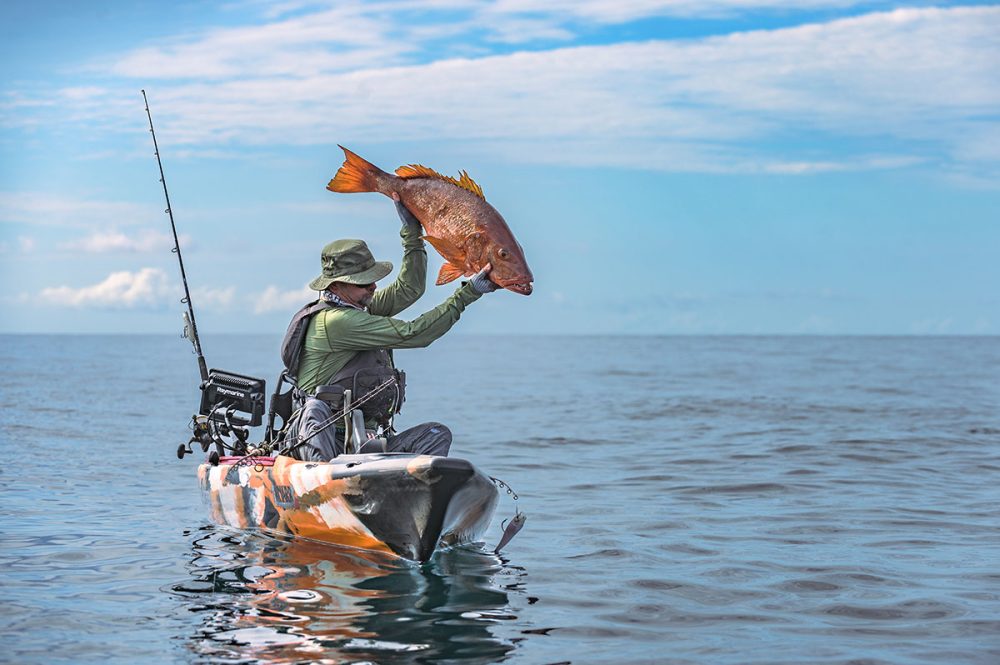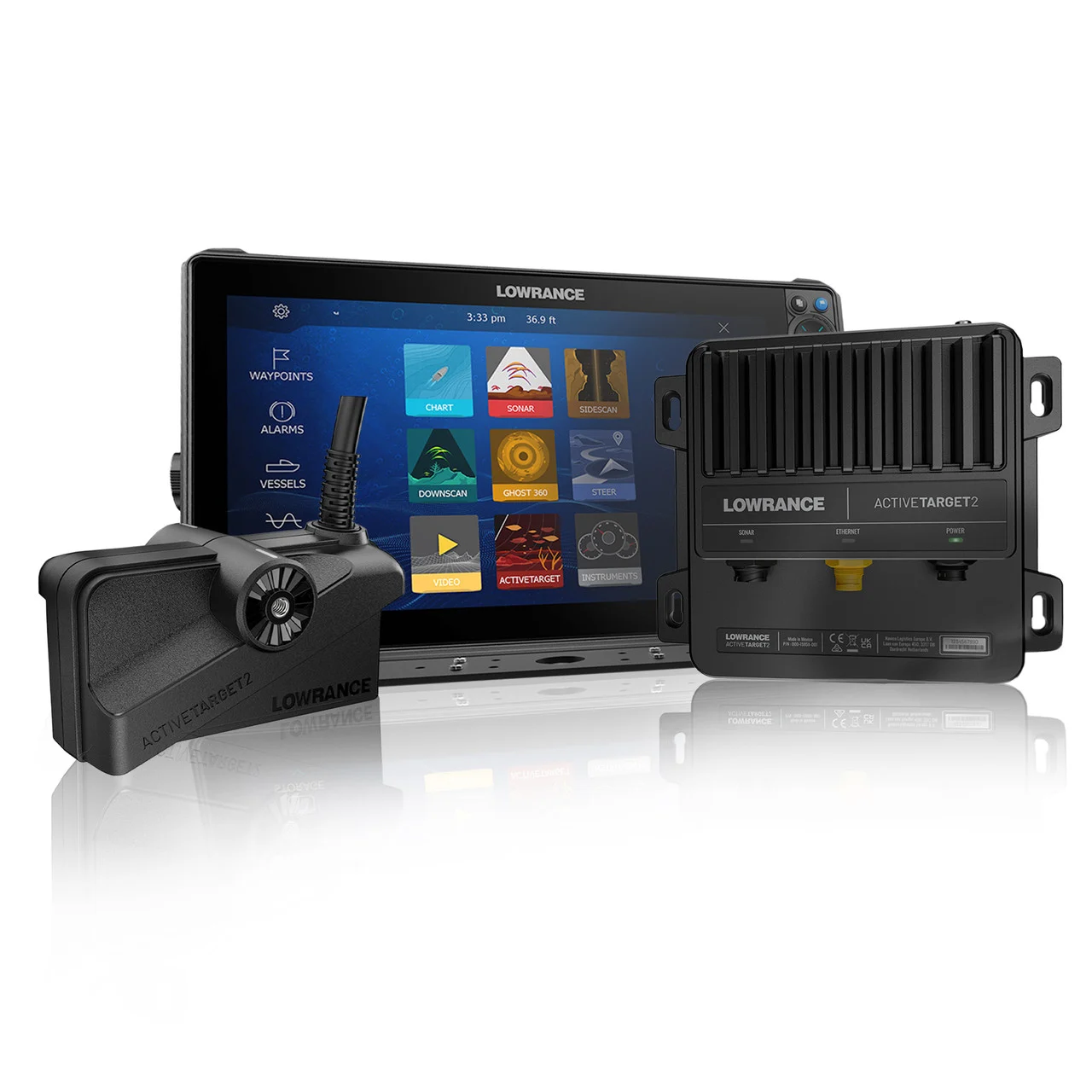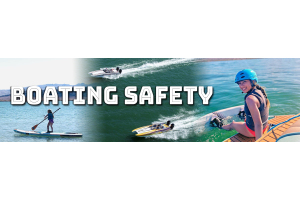Whether you are exploring freshwater lakes or sailing in the open ocean, having radar on your boat is very important. Radar technology has revolutionized maritime navigation, enhancing safety and providing valuable situational awareness for boaters. There are some very significant reasons why you should consider adding radar to your current or future electronics set up.
Navigating in Limited Visibility:
One of the primary reasons radar is crucial for boaters is its ability to navigate effectively in conditions of limited visibility. Fog, rain, darkness, and other adverse weather conditions can significantly hinder a boater's ability to see obstacles, other vessels, and landmasses. Radar systems emit radio waves that bounce off objects, enabling them to detect and display their positions on a screen, even when they are not visible to the naked eye. By using radar, boaters can navigate safely, avoiding collisions and grounding hazards in both freshwater and saltwater environments.
Collision Avoidance:
Avoiding collisions is essential to maritime safety, and radar plays a pivotal role in this regard. By continuously scanning the surrounding area, radar systems detect the presence and track the movements of nearby vessels, including their speed, direction, and distance. This information empowers boaters to make informed decisions, take timely evasive actions, and maintain a safe distance from potential hazards. Whether you are sailing on a freshwater lake or navigating busy shipping lanes, radar provides an extra layer of security, enhancing your ability to avoid collisions.
Obstacle Detection:
In addition to tracking vessels, radar can also detect fixed and floating obstacles such as buoys, rocks, reefs, and other hazards that may not be visible on the water's surface. This capability is particularly beneficial when exploring unfamiliar freshwater or saltwater regions, where the presence of submerged objects or shallow areas can pose significant risks. Radar provides real-time information about the proximity and location of obstacles, allowing boaters to plan their routes accordingly and avoid potential damage to their vessels.
Weather Monitoring:
Weather conditions can change rapidly, particularly at sea, and having real-time information about approaching storms or adverse weather systems is crucial for boaters' safety. Modern radar systems are equipped with weather monitoring capabilities, enabling boaters to identify the intensity, direction, and speed of approaching weather systems. This allows them to make informed decisions, such as altering courses, seeking shelter, or preparing for rough conditions. In both freshwater and saltwater environments, radar's weather monitoring features contribute significantly to boating safety.
Radar technology has transformed the boating experience, providing boaters with enhanced safety and situational awareness. In both freshwater and saltwater environments, radar systems enable boaters to navigate effectively, avoid collisions, detect obstacles, and monitor changing weather conditions. Whether you're a recreational boater or a professional, investing in a reliable radar system is a crucial step towards ensuring your safety and the safety of others on board. With radar, you can confidently explore the waters, knowing you have a valuable tool to guide you through any challenging situation.
Start selcting the correct radar for your seup here. If you are not sure, call in and talk to a professional or email [email protected]
In this article, we did not discuss the importance of radar for fishermen. That will be discussed in a different blog.


















